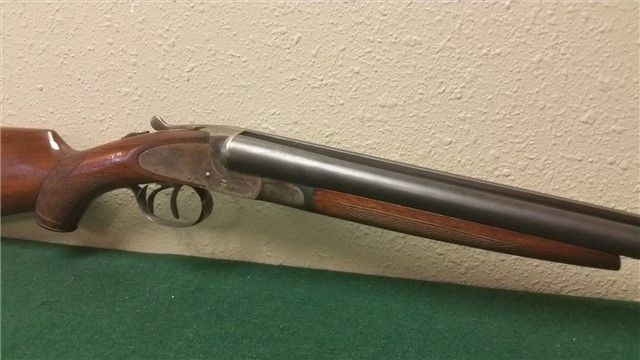Strength of Early vs Later SxS guns - 06/28/17 06:04 PM
I just picked up what appears to be a pretty nice 1940 DOM LC Smith 16ga Field gun. I have several other 16ga SxS's most of which are pre-1930 guns. They have the 2 9/16" chambers, and I only shoot RST 2.5's out of them. This new gun has 2 3/4" chambers and would have been made after the intrduction of super X loads, etc.
So, that said should this gun be safe to shoot most, if not all modern 16ga loads?
As soon as it gets in, it's going to gunsmith to have the lock mortise acraglas'd, and the gun overall checked out. Also going to have Josten's recoil pad added to the gun, as the butt plate is not in good condition, and I'd like the extra almost inch of LOP.
So, that said should this gun be safe to shoot most, if not all modern 16ga loads?
As soon as it gets in, it's going to gunsmith to have the lock mortise acraglas'd, and the gun overall checked out. Also going to have Josten's recoil pad added to the gun, as the butt plate is not in good condition, and I'd like the extra almost inch of LOP.




